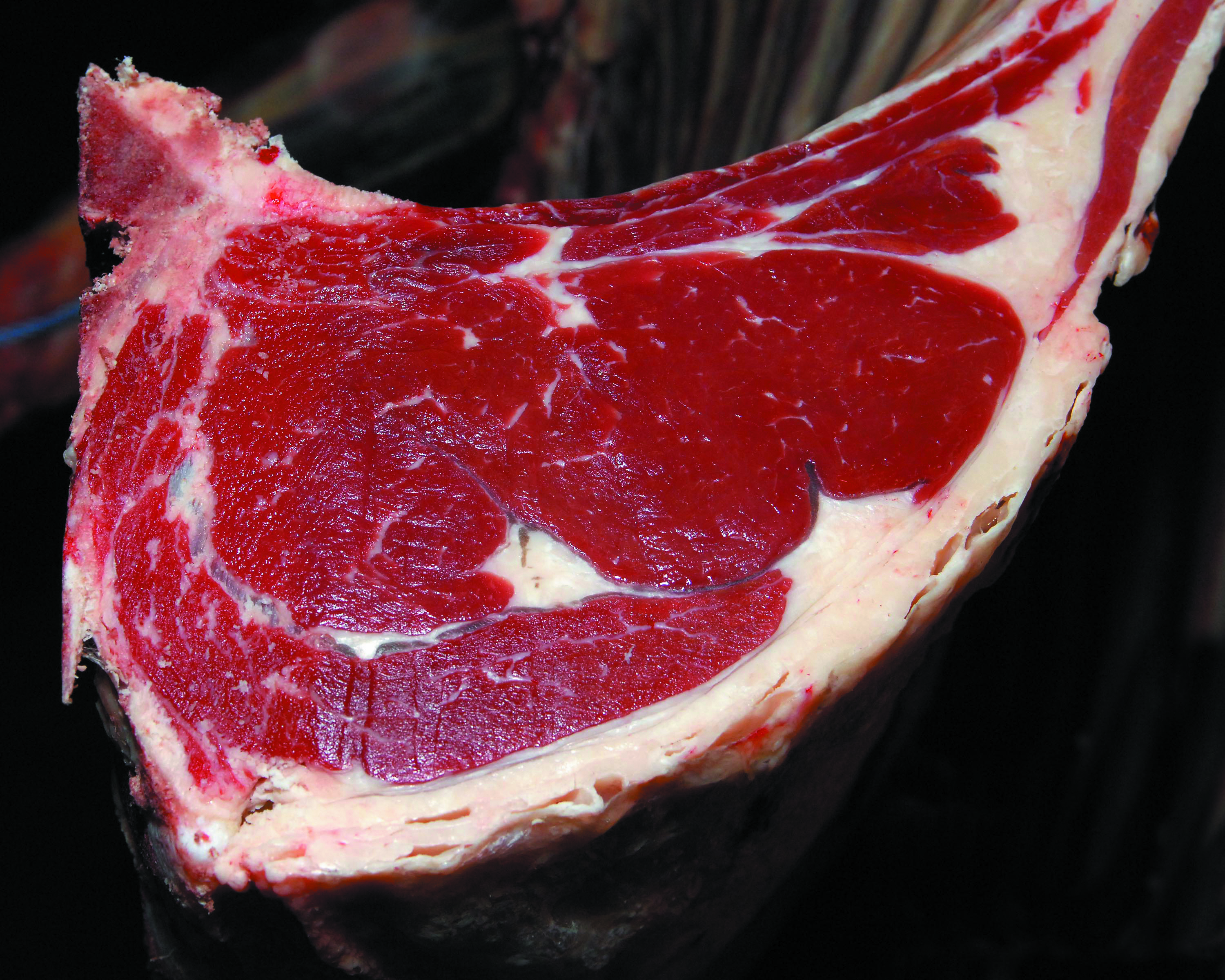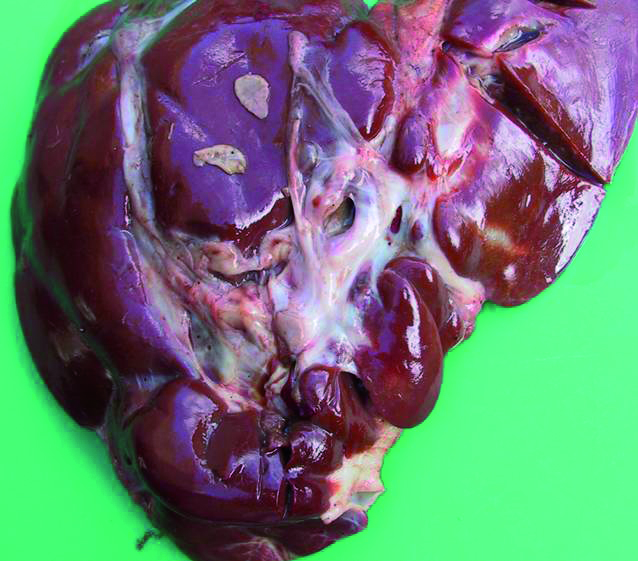- Home
- Knowledge library
- Husbandry and management of beef cattle
Husbandry and management of beef cattle
Cattle finish at a variety of weights and ages, depending on their breed, gender, mature size and the system on which they are reared, grown and finished.
Back to: Maximising financial returns
Cattle finish at a variety of weights and ages, depending on:
- Breed
- Gender
- Mature size
- System on which they are reared, grown and finished
Different target markets require different types of animal.
Tailor management to ensure animals hit target specification at the right time to increase returns. The beef market can be affected by seasonal demand. Weigh and handle animals regularly to monitor progress. Feeding regimes can then be adjusted to bring stock to market when prices are highest.
Feeding
The key to profitable finishing is feed conversion efficiency (FCE), by maintaining high dry matter intakes of high energy feeds. Improving FCE reduces the feed cost/kg gain.
Fast finishing maximises muscle development and improves conformation but beware of increasing fat deposits. Animals that are finished slowly (1kg/day) and classifying R may potentially have been a –U if finished faster (1.5kg/day). However, faster finishing cannot create a large change in conformation (e.g. turn a -O into a U+), as this relies more on genetics.
Minimising growth checks
Transition between diets, and stress around weaning and group changes should be carefully managed to avoid growth checks in young cattle.
Growth checks can cause meat quality issues by causing areas of gristle to form in cuts. Older animals with longer growth paths tend to show significantly larger areas of gristle.

Fat colour and flavour
Some markets require carcases with white fat, such as bulls for export. Fat colour comes from pigments in plants, including grass. Cereal-fed cattle will tend to have whiter fat than those fed on grass or silage which have a creamier fat. Diet is an important determinant of flavour, with grass-based forage diets delivering a stronger flavour preferred by British consumers.
.jpg)
.jpg)
Handling animals
Sensitive handling is vital for animal welfare and to minimise damage that shows up after slaughter.
Bruising and abscesses can lead to wasteful trimming and even partial rejection of the carcase, which in turn reduces saleability and the amount paid.
Avoid potential losses, by:
- Handling cattle in races with smooth walls, non-slip floors and gradual ramps
- Not using sticks or goads
- Not overcrowding animals in vehicles and by using internal partitions to restrict movement while travelling
- Using clean injection needles and correct injection techniques to avoid infection
- Choosing injection site with care. Producers should inject animals in the neck and avoid the rump


Left: bruising, Right: abcesses – both copyright Andy Grist, University of Bristol.
Healthy animals produce better returns
Underlying health issues will affect growth rates, and influence returns. For example, liver fluke (Fasciola hepatica), reduces the animal’s appetite and can increase the time it takes for cattle to finish by as much as 80 days. At certain times of year, up to 50% of livers can be rejected in abattoirs due to liver fluke damage, and livers cannot be sold for human consumption. This ultimately has a knock-on effect on the whole supply chain.
CCIR (collection and communication of inspection results) data provided by abattoirs should also be used by producers to check for any preventable issues on farm that may be affecting performance.

Present clean livestock
Cattle in a dirty condition will not be accepted for slaughter. A dirty hide is worth less than a clean one but, more importantly, it can contaminate the carcase. Carcases will be trimmed to remove areas of contamination, resulting in price penalties for producers.
Cattle in yards require frequent bedding with dry straw. Handling yards should always be kept clean. The key areas that need to be clean, or clipped, on cattle going to slaughter, are:
- Belly
- Brisket
- Hocks
- Knees
- Tail end
See the clean livestock policy for more information.
Dark cutting meat
Dark cutting beef, where the meat looks an unattractive deep red, can occur in all types of cattle, with the incidence highest in young bulls. Shelf life is also reduced, and the carcase devalued.
This is usually caused by stress in the 24–48 hours before slaughter.
To avoid stress:
- Always handle animals quietly
- Avoid mixing cattle from different groups
- Provide clean, dry bedding and plenty of water in any holding pens or lairage

